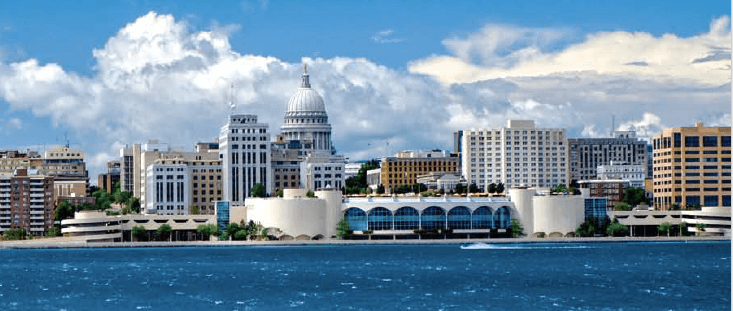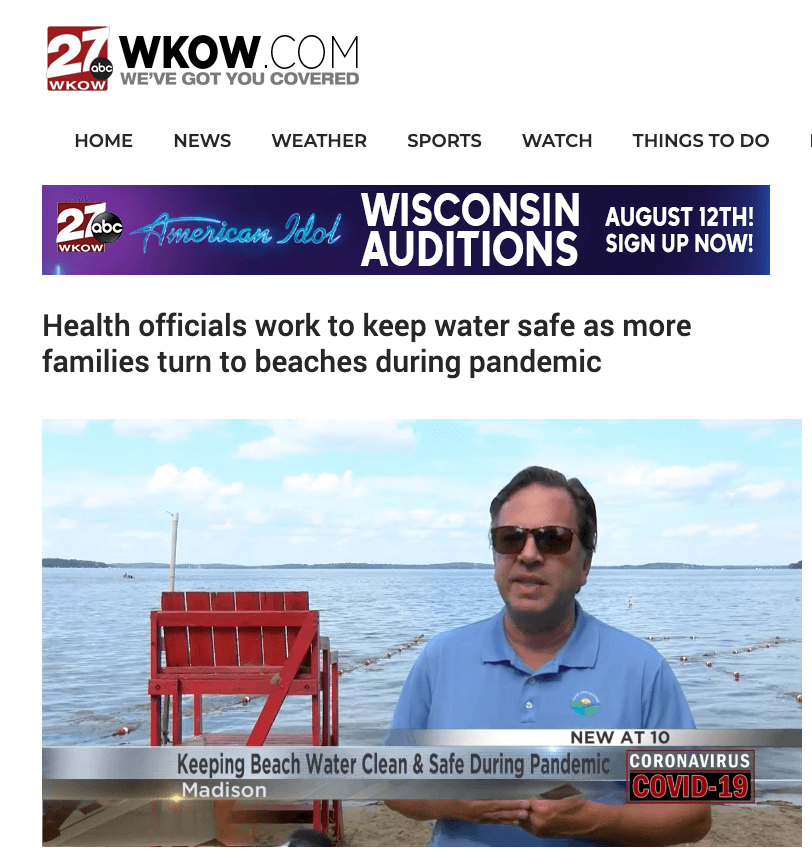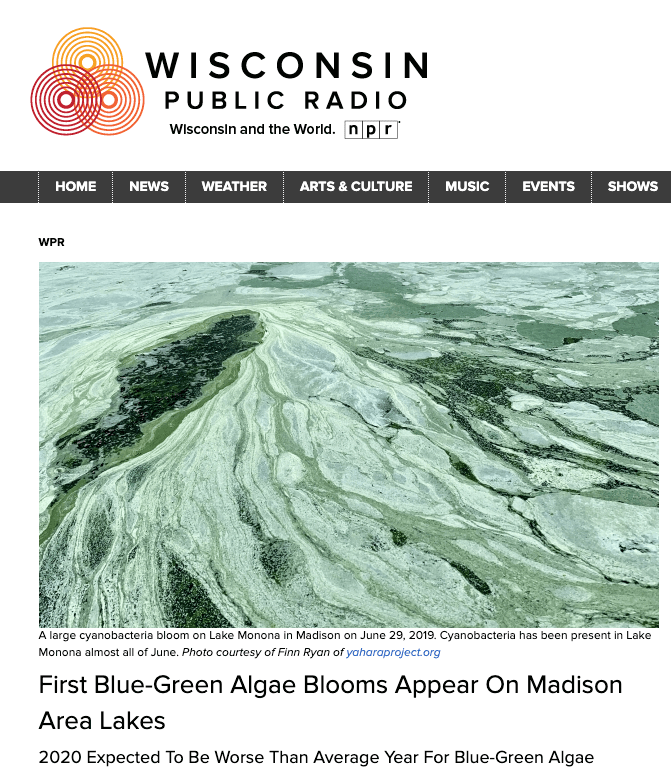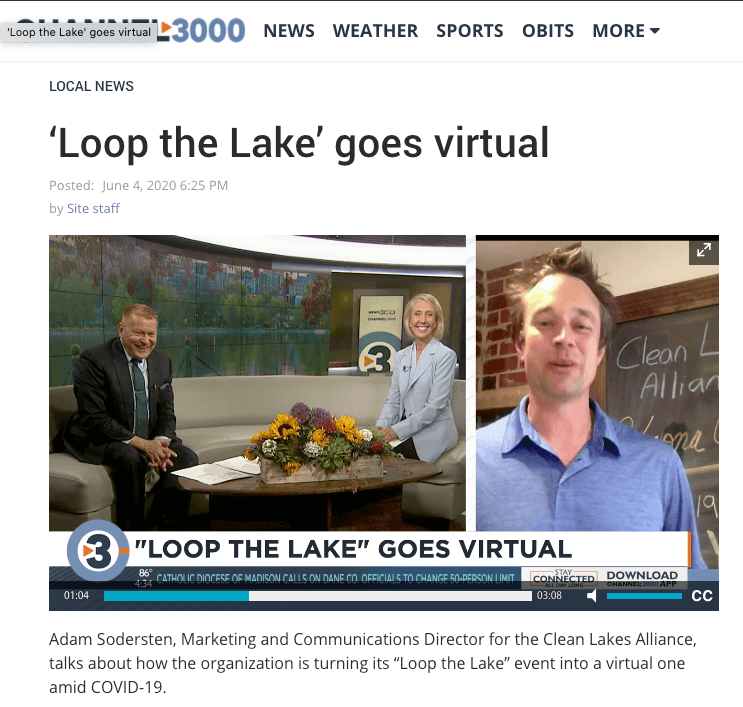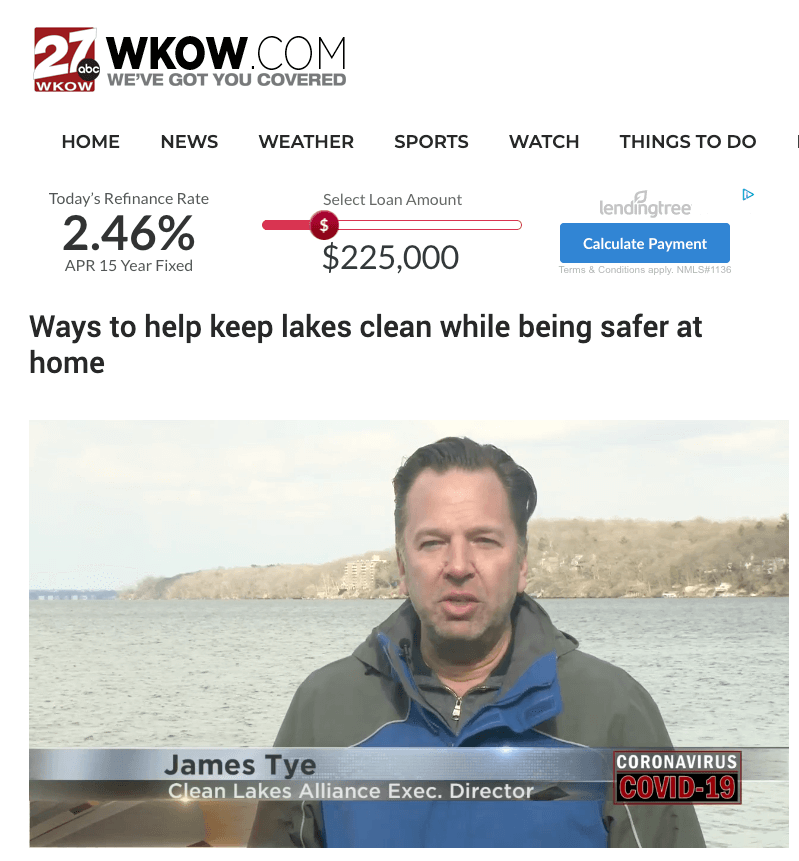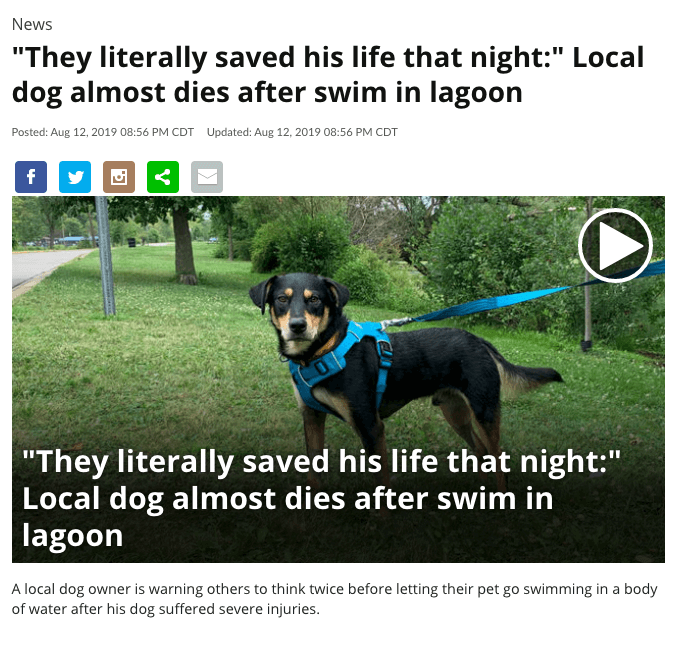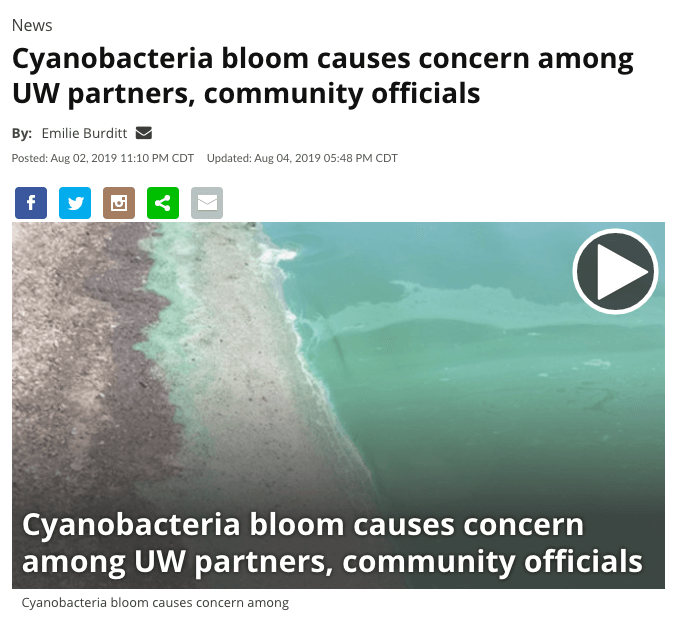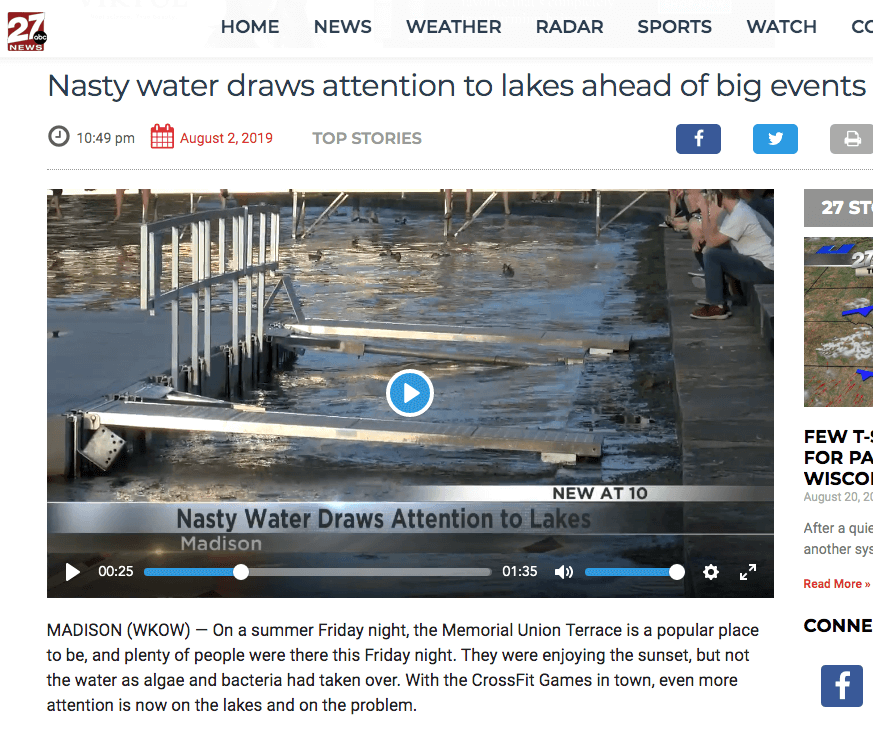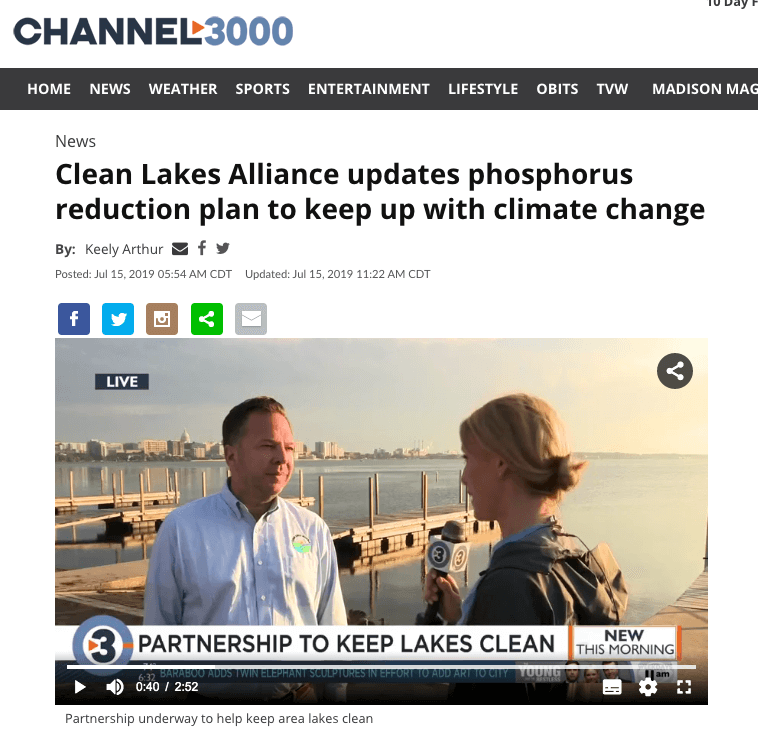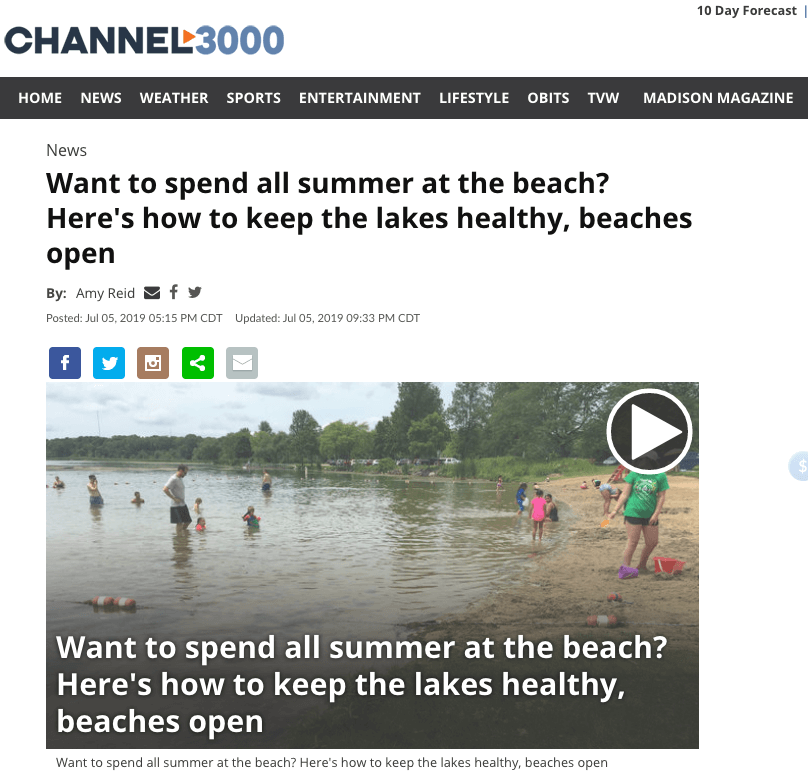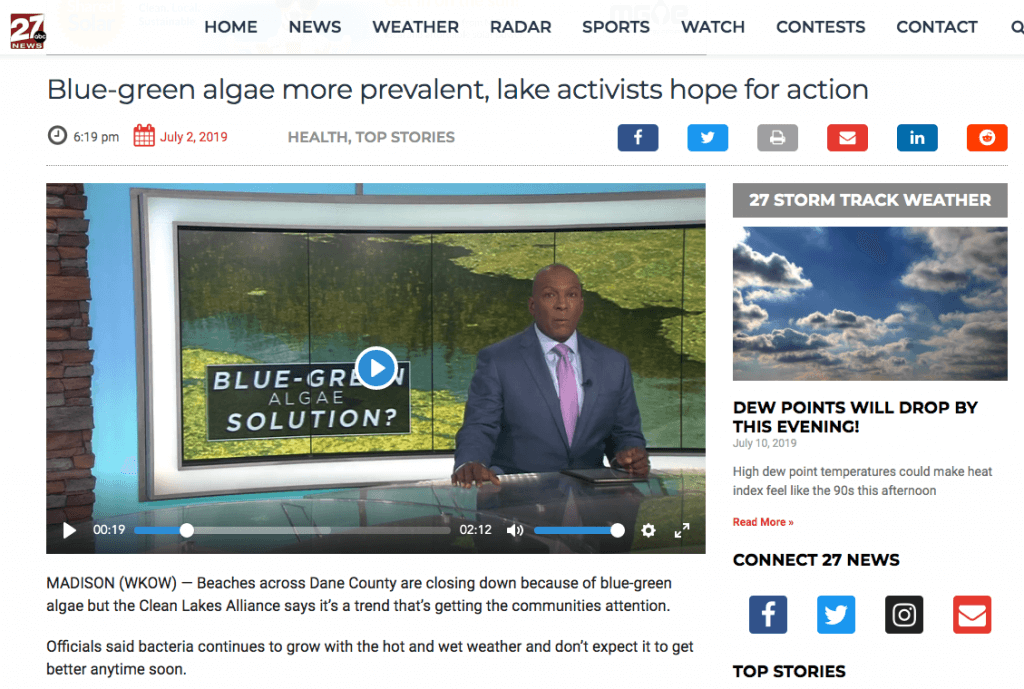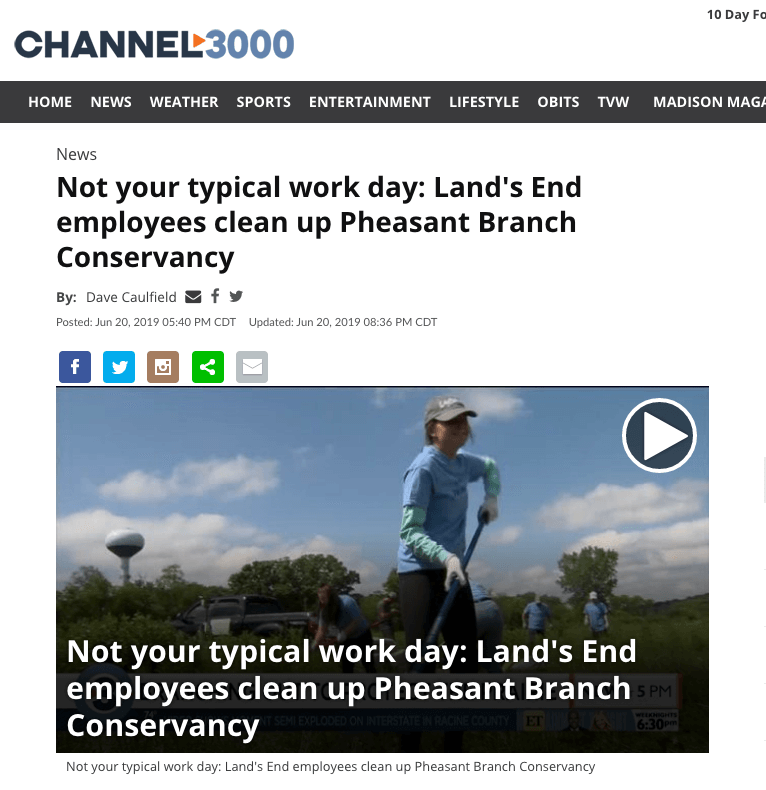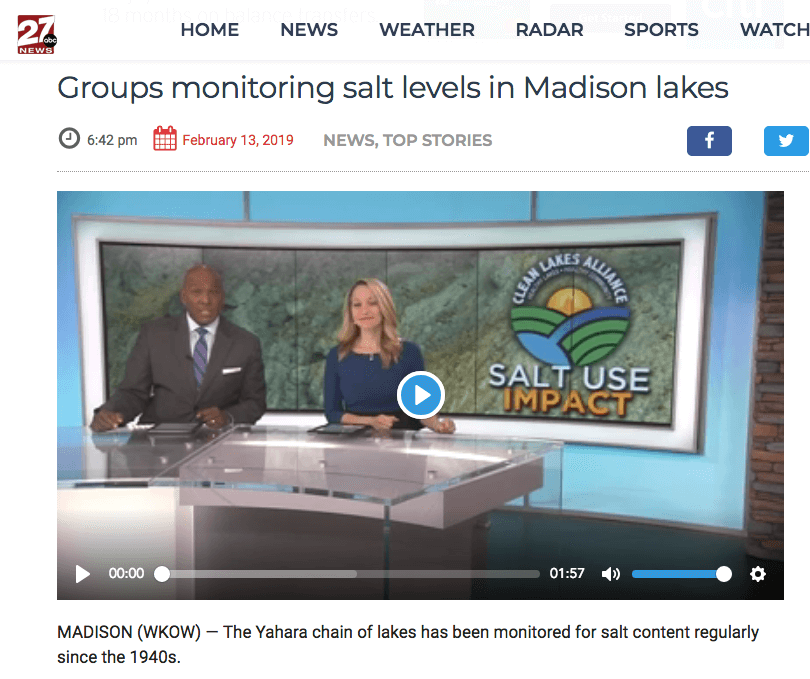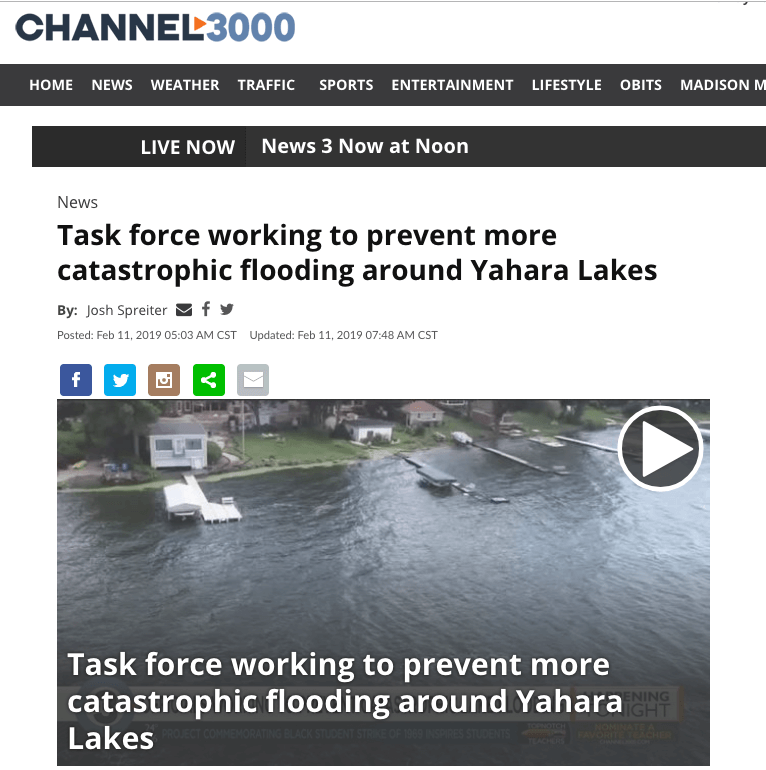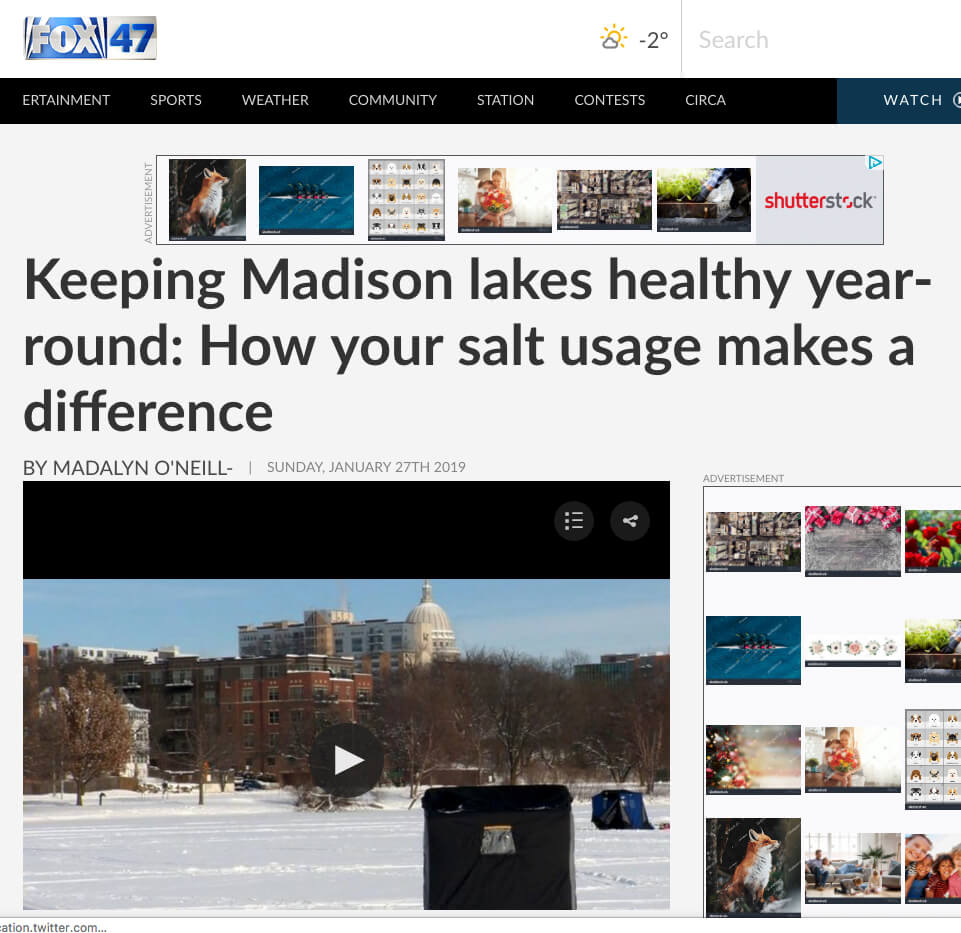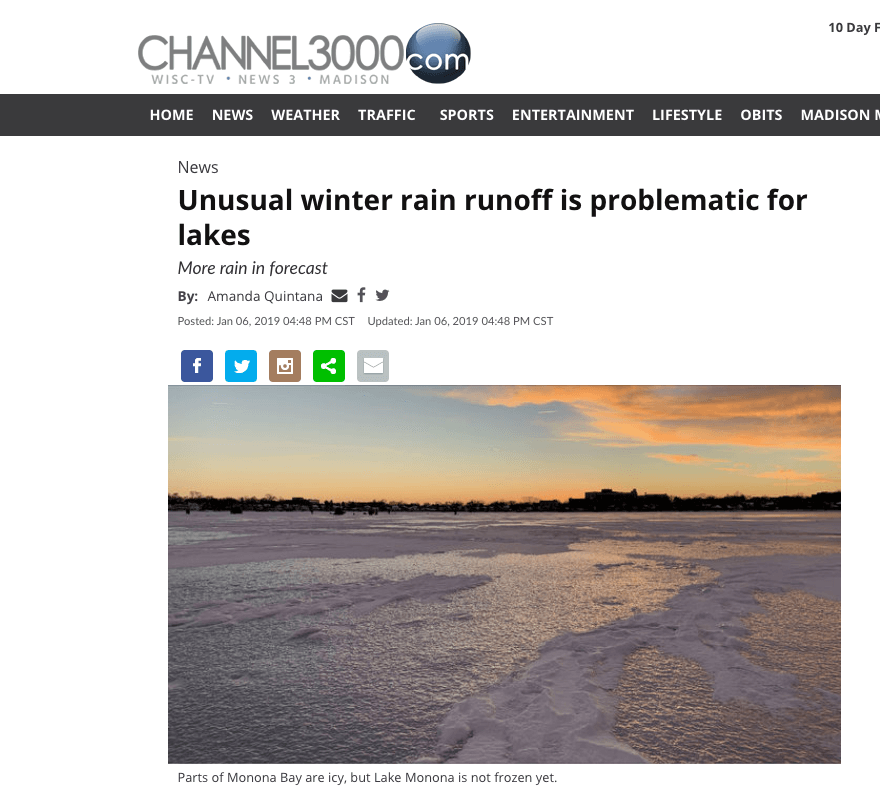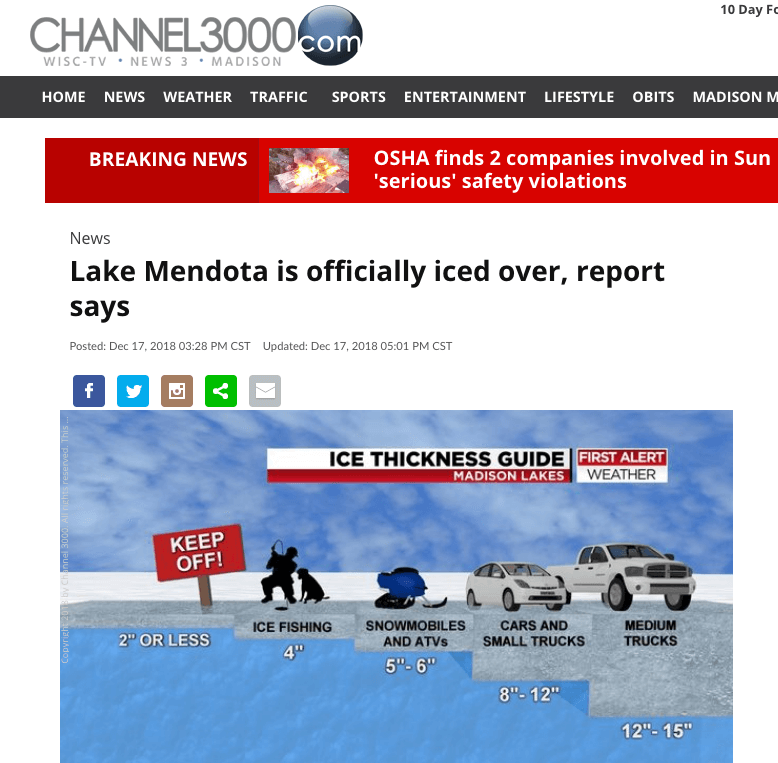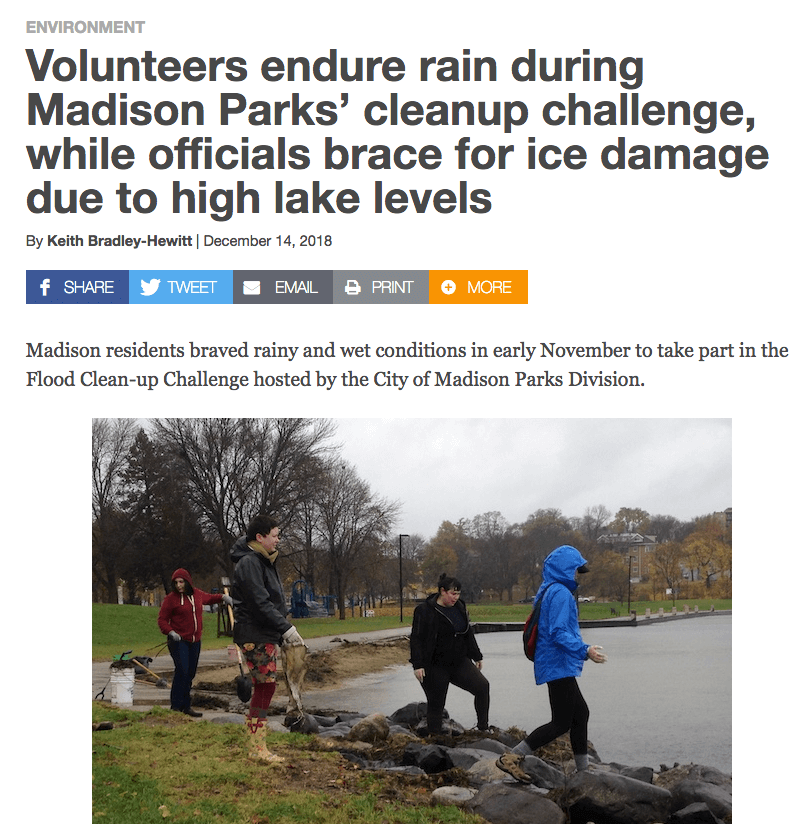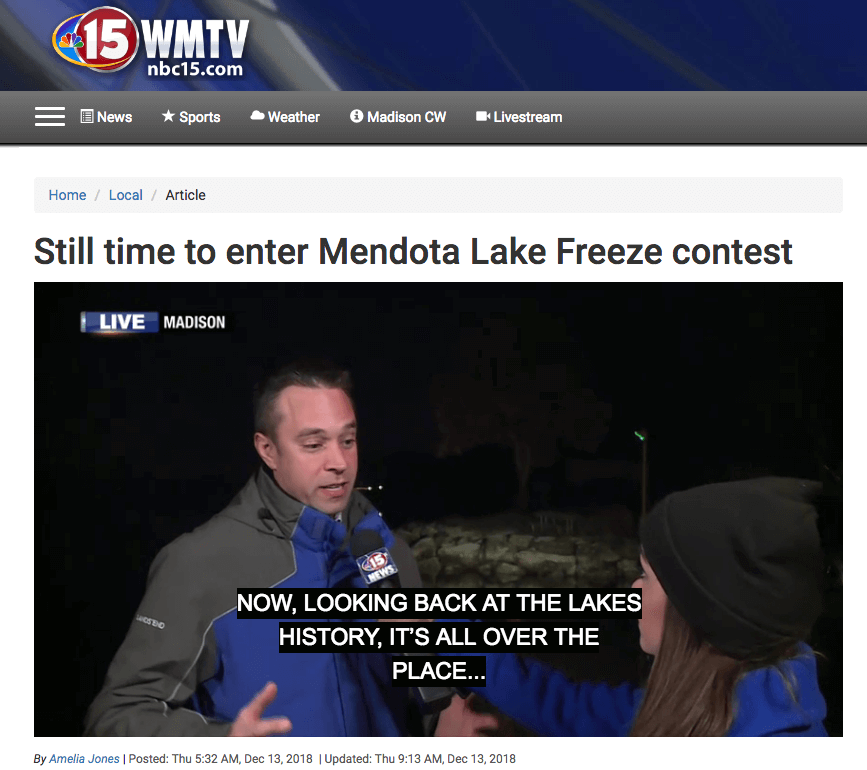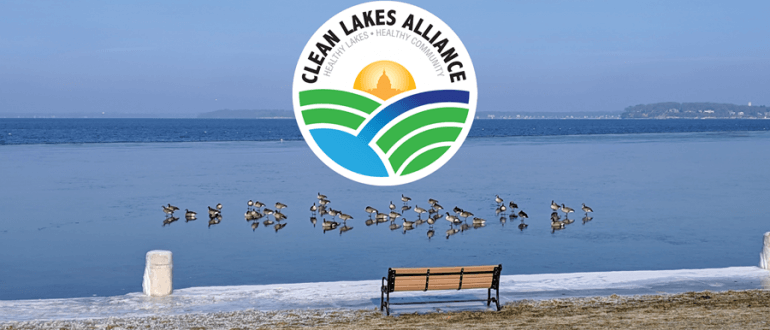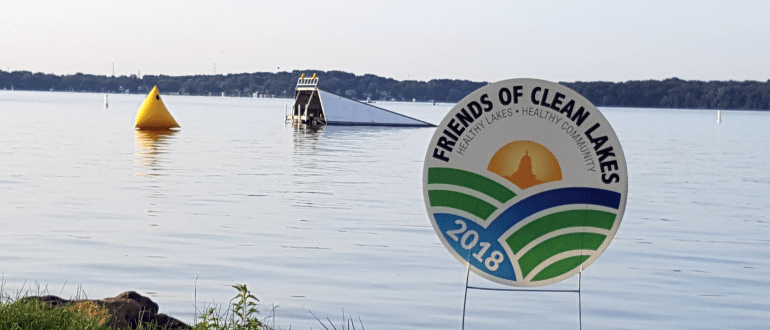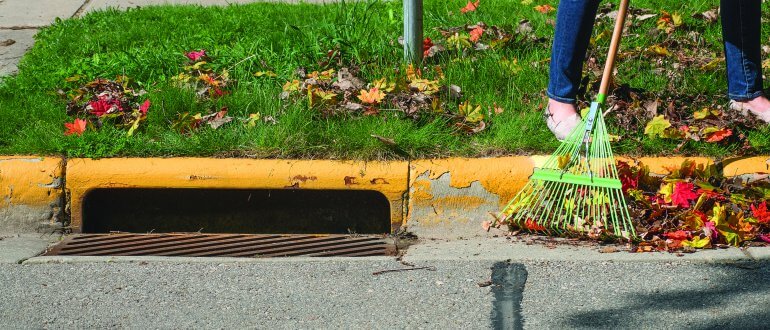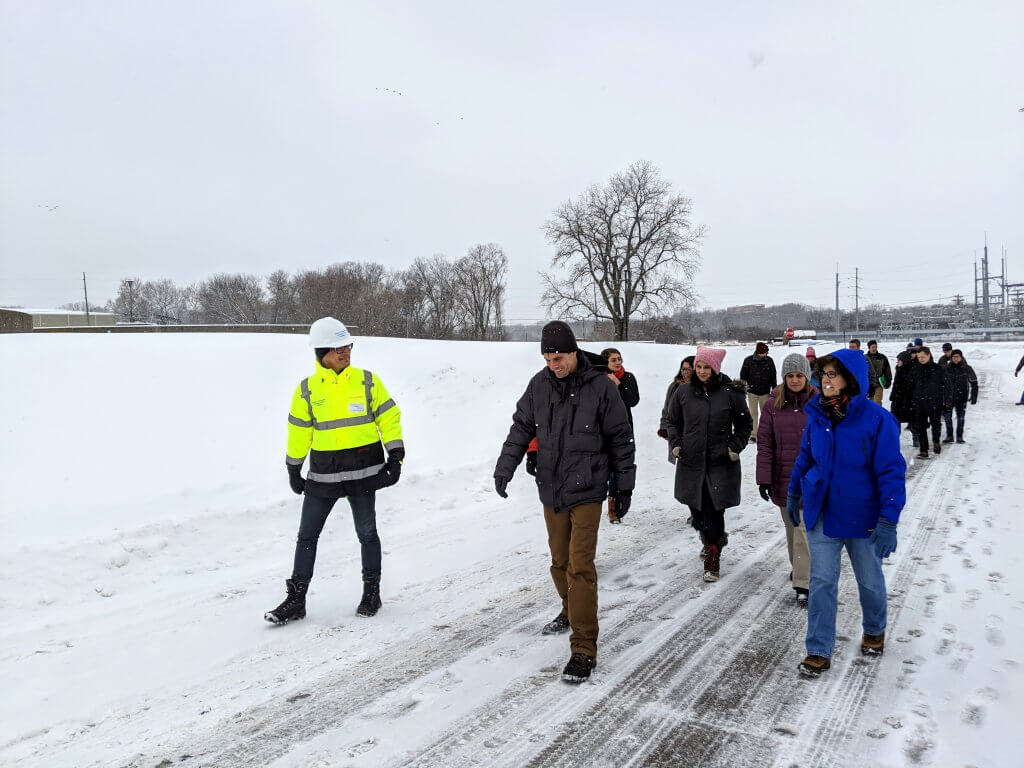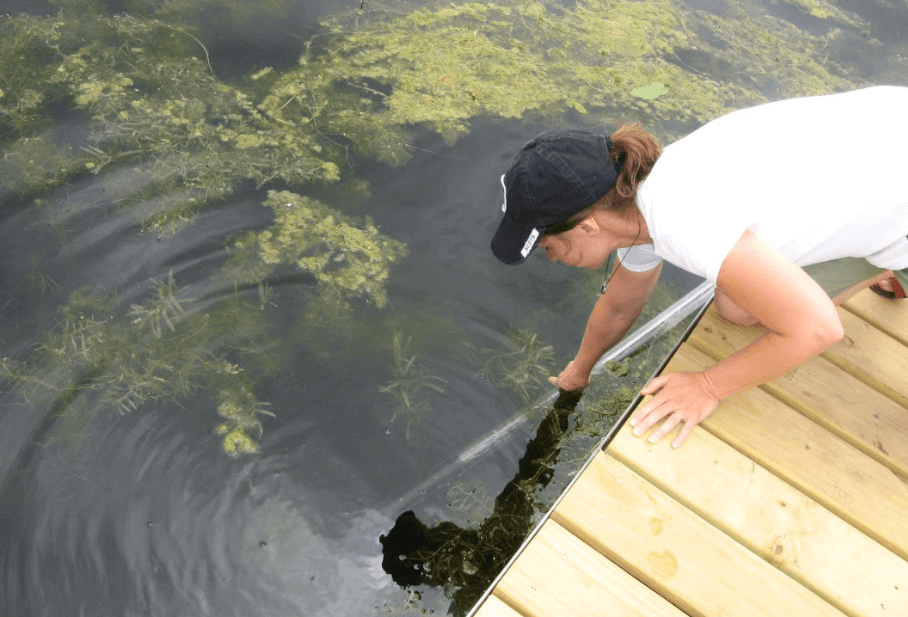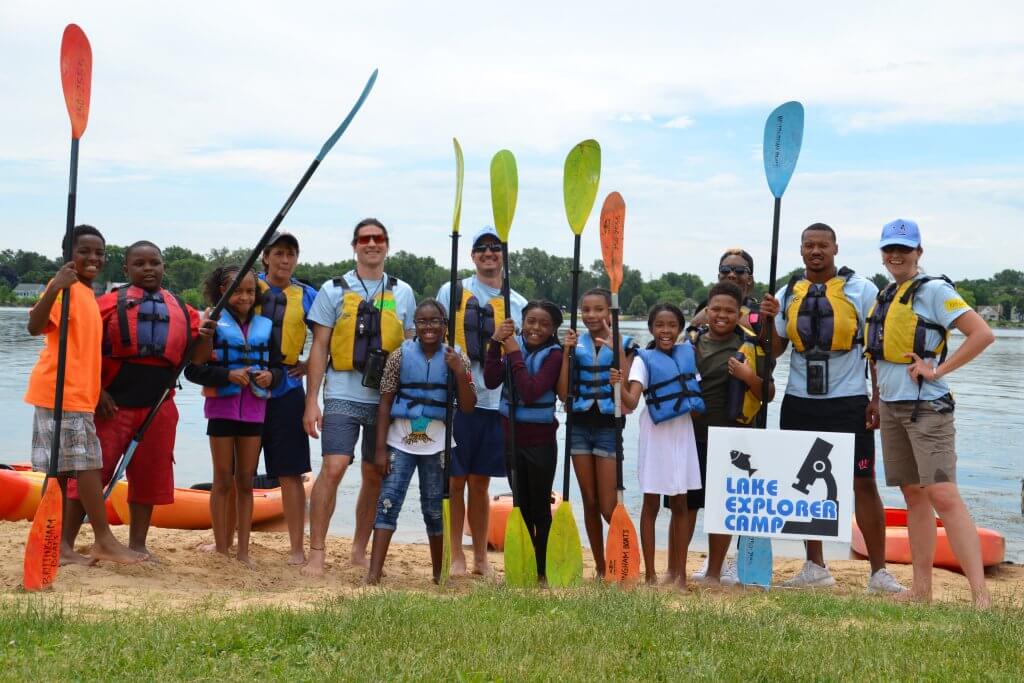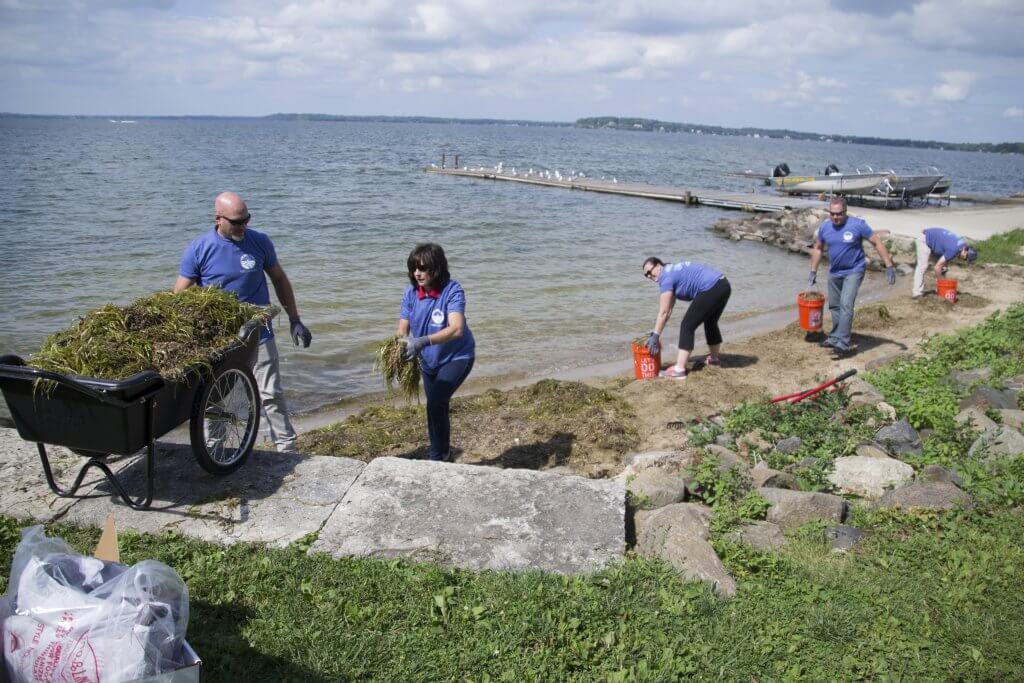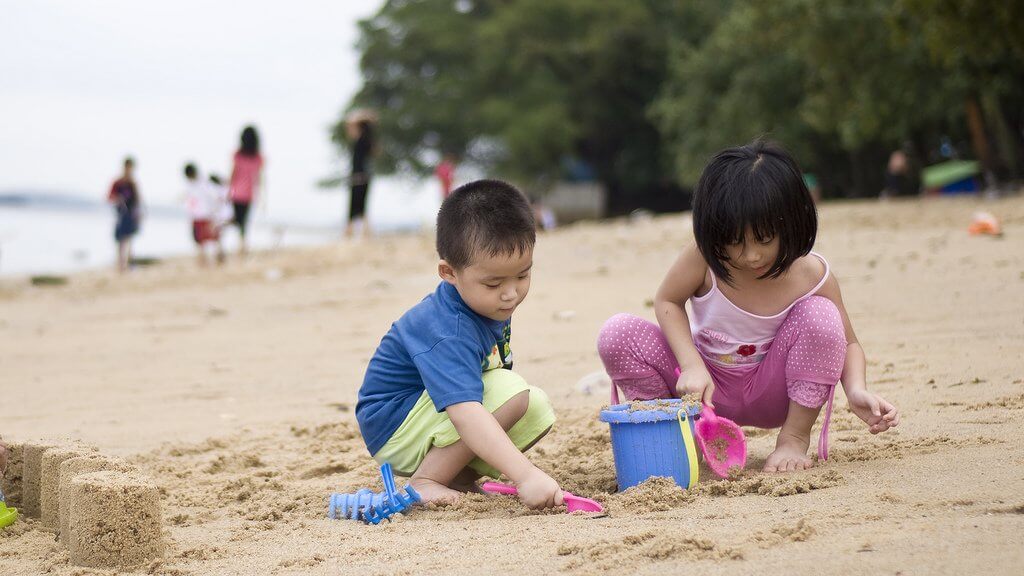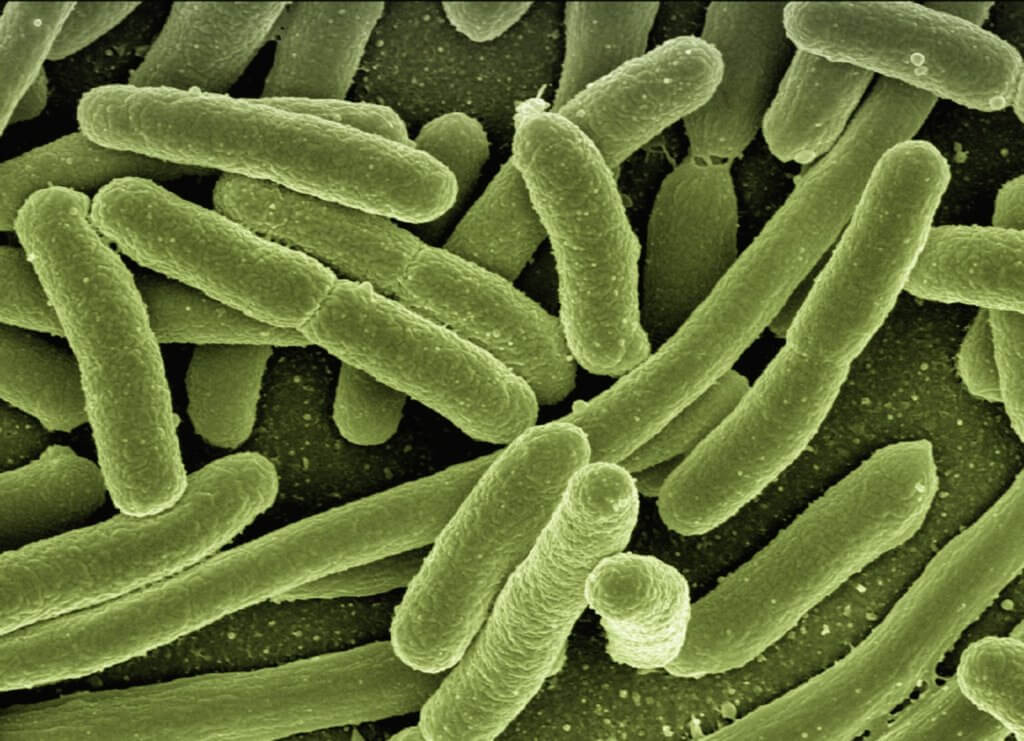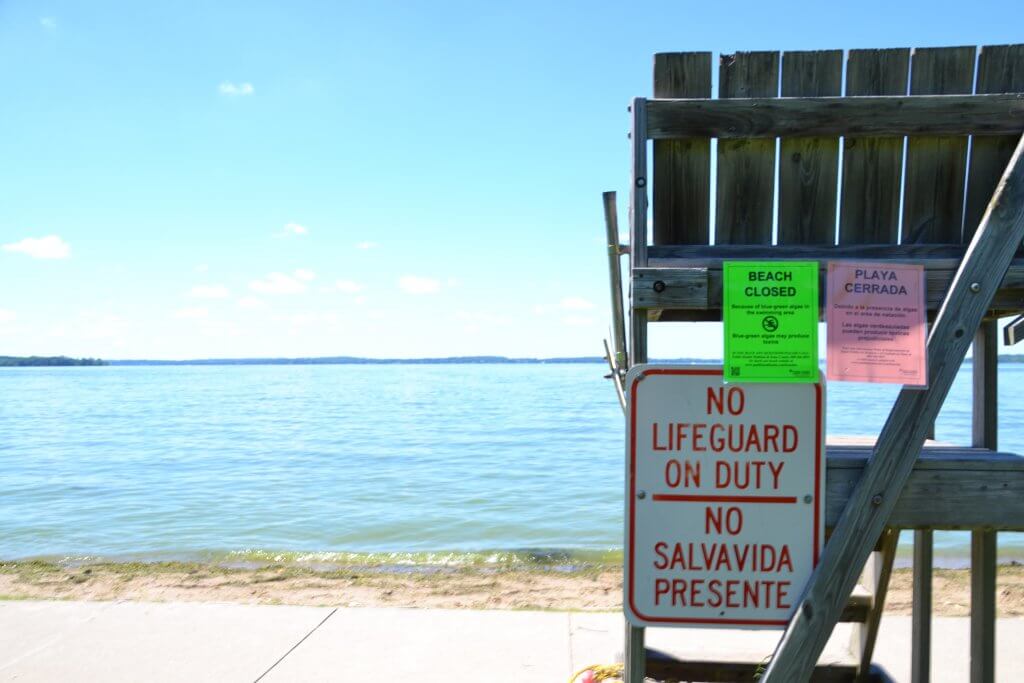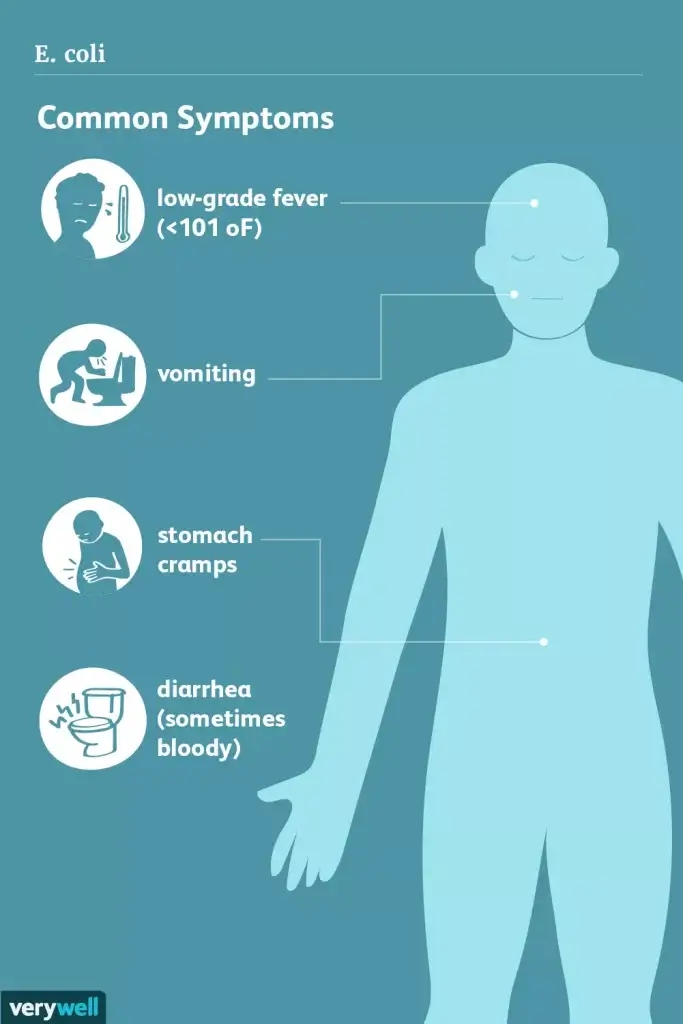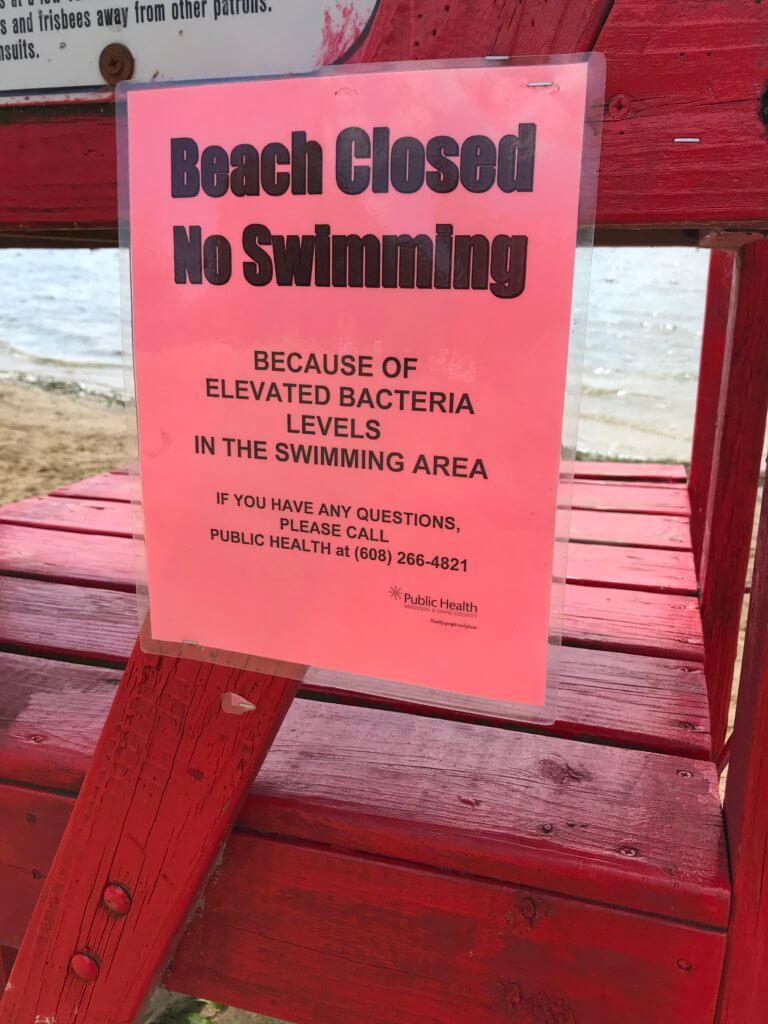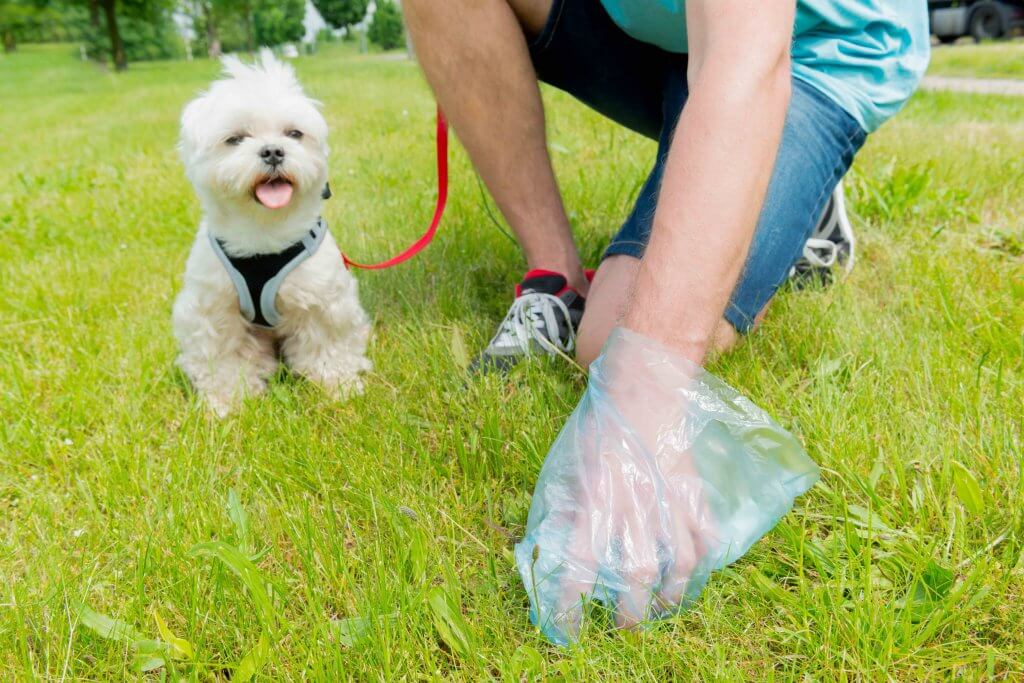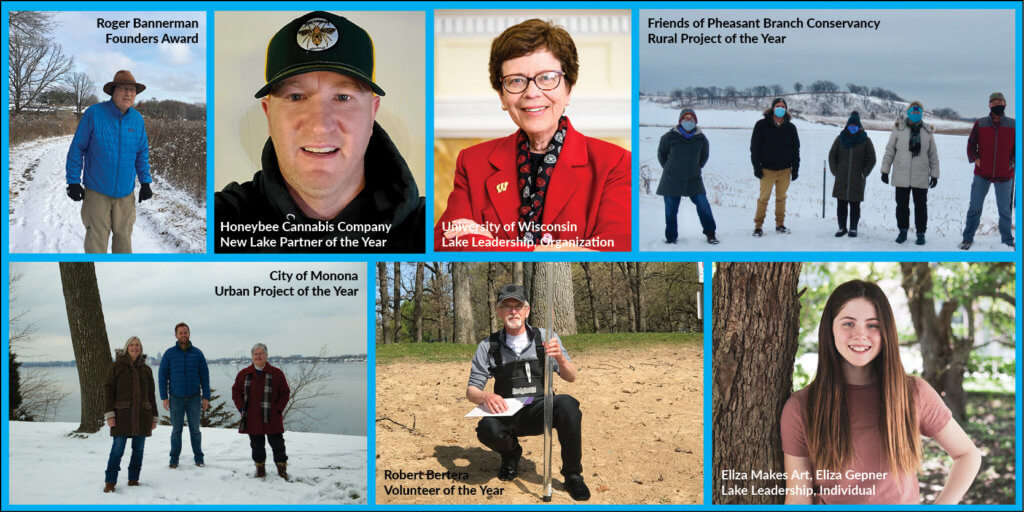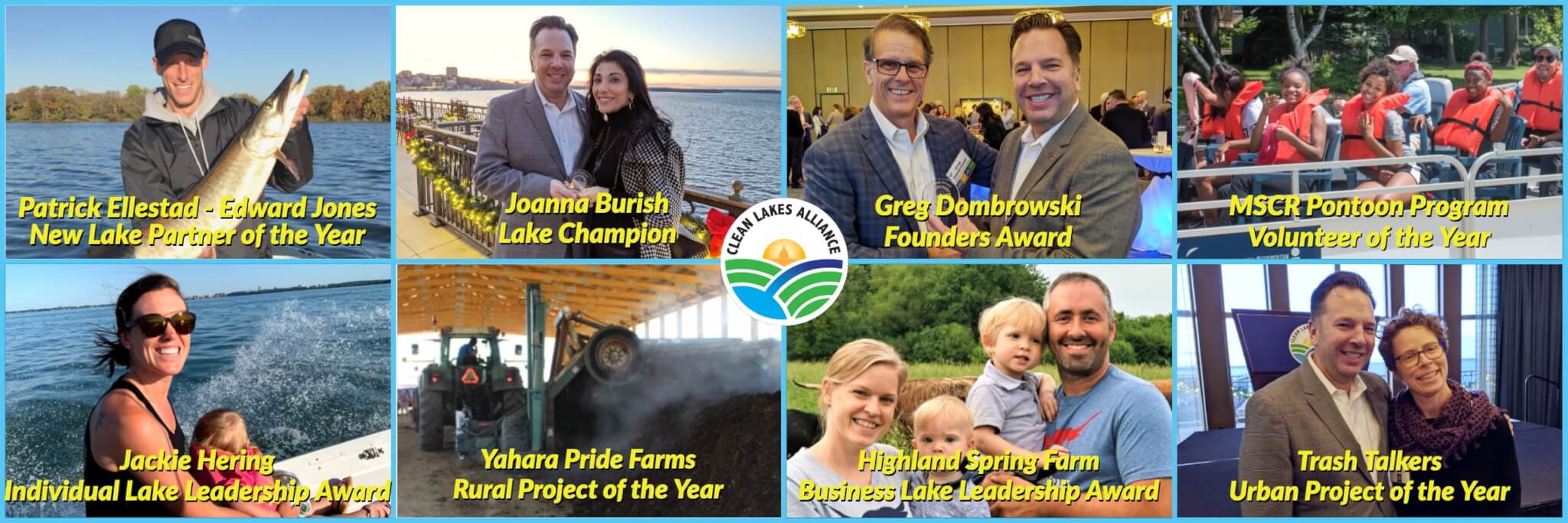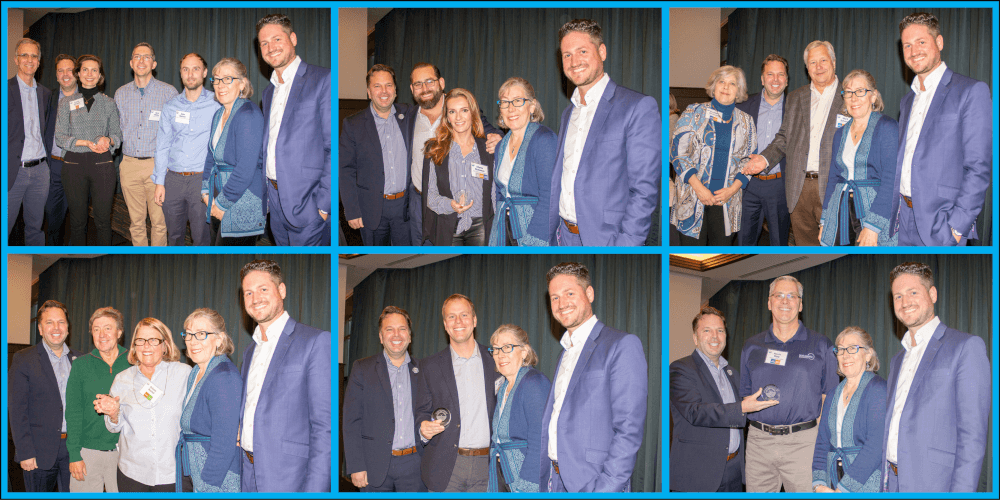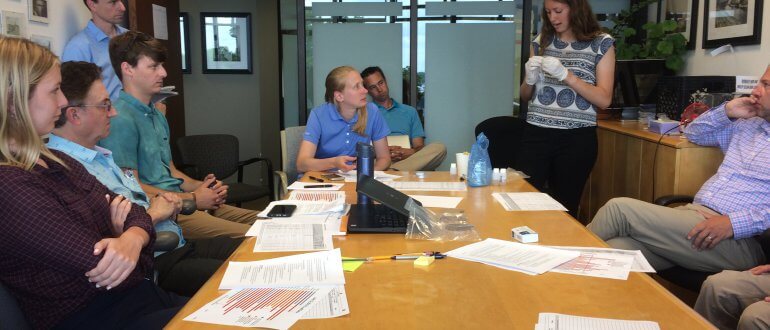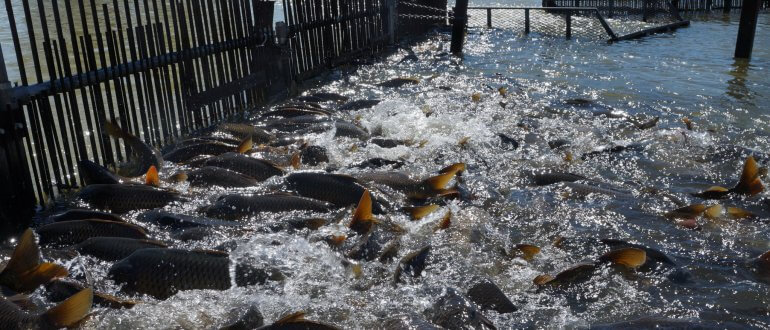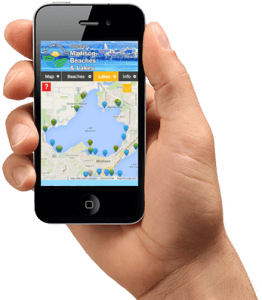On-the-ground action
Since its 2010 founding, Clean Lakes Alliance has been a catalyst to advance new ideas and approaches for phosphorus reduction, successfully getting practices on the ground faster than ever before.
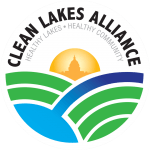
Accomplishment Timeline
Clean Lakes Alliance’s Role
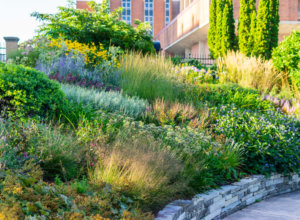
Resilient Landscapes Initiative (2020)
Initiative to engage the community to take action at their homes to improve water quality in our lakes.
Clean Lakes Alliance organized a coalition of partners to promote Top 10 Resilient Landscapes Actions to do at home, and engaged the community to participate and share the actions they took. (Read more)
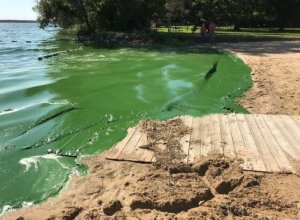
Advanced the Yahara CLEAN Compact (2020)
The Yahara CLEAN Compact is a community action plan for phosphorus reduction.
Clean Lakes Alliance grew membership in the Yahara CLEAN Compact and continued serving as lead project manager. (Read more)
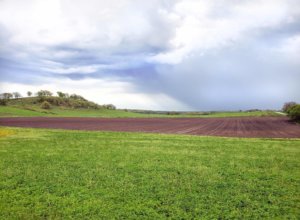
Seed the Need Campaign (2020)
Seed the Need campaign to restore the 160-acre Acker Farm to a “platinum prairie.”
Clean Lakes Alliance partnered with Dane County, Friends of Pheasant Branch Conservancy, City of Middleton, The Nature Conservancy, and Hy Cite Enterprises on a fundraising campaign.
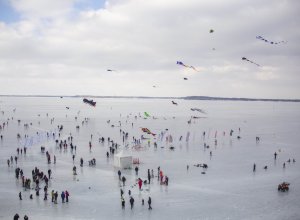
Frozen Assets raises $1.2 million (2020)
Every year, the Frozen Assets Festival & Fundraiser raises the profile of our lakes as one of our community’s greatest assets.
With over 10,000 attendees in 2020, Frozen Assets raised more than $130,000 for our lakes! Since 2012, Frozen Assets has raised $1,200,000 for lake improvement projects, educational programs, and water quality monitoring.

Yahara CLEAN Compact (2019)
Community action plan for phosphorus reduction (Read more)
Clean Lakes Alliance is leading the effort to form the Yahara CLEAN Compact to align partner efforts around an ambitious but achievable action strategy for achieving water quality goals
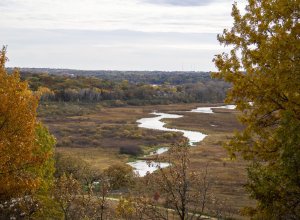
$1,100,000 in grants awarded (2019)
Since 2011, Clean Lakes Alliance has provided more than $1.1 million in lake project support. (Read more)
In 2019, Clean Lakes Alliance passed the $1,100,000 mark in grants awarded to support lake improvement projects, educational programming, and water quality monitoring
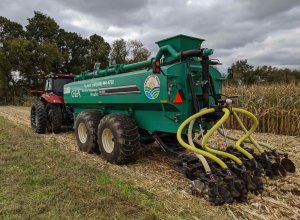
Sustainable agricultural practices (2019)
Sustainable farming practices can help control manure runoff and reduce the amount of algae-causing phosphorus that reaches our lakes
Worked with the agricultural community to promote sustainable farming practices, such as conservation buffer strips and low-disturbance manure injection that support healthy soil and healthy lakes
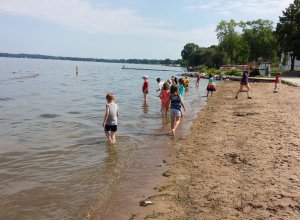
James Madison Park Master Plan (2018)
City of Madison public process for the redesign of this central downtown park on Lake Mendota
Successfully advocated for lake-protection components in the master plan, including an engineered emergent wetland, rain gardens, and bioswales for stormwater control
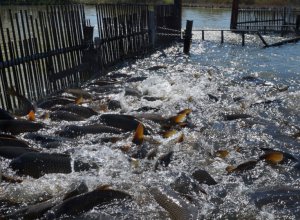
Carp harvests & spawning barriers (2018)
Carp control projects that help prevent the re-suspension of phosphorus-laden lakebed sediment (Read more)
Funded the removal of carp from Lake Kegonsa; introduced the method of in-stream bubble curtains to restrict access to spawning areas on Pheasant Branch Creek and funded a project feasibility study
Learn more about the carp removal project
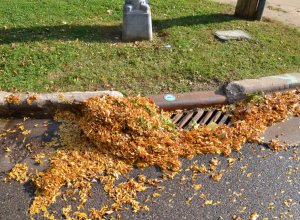
Leaf-management credits (2017-Present)
Stormwater permit incentive for municipalities to begin or enhance leaf-collection efforts (Read more)
Funded and advised on research quantifying the water quality impacts of fall leaf debris in the street, leading to Wisconsin DNR approval of phosphorus crediting for leaf collection for municipalities

Low-disturbance manure injection (2017-Present)
Specialized equipment used to inject liquid manure 3-6″ below the soil surface to reduce the risk of runoff (Read more)
Co-funded the purchase of a vertical manure injector that is rented out to area farmers, helping keep manure in the soil and out of our lakes
Learn more about LDMI
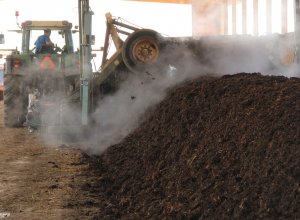
Manure composting (2016-Present)
Treatment process that converts raw manure into a product that is easier to handle and safer to apply (Read more)
Provided funding to start and expand a pilot to explore the water quality impacts of manure composting; showcased how it improves the timing of field applications to limit runoff
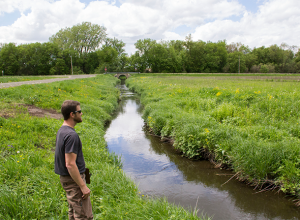
Harvestable buffers (2016-Present)
Minimum 30′ strips of perennial grass between farm fields and streams to capture sediment and phosphorus (Read more)
Funded the County’s purchase and deed recording of 15-year easements on 3.4 stream miles of vegetated stream buffers, and raised funds to acquire additional miles for 2019
Learn more about buffer strips
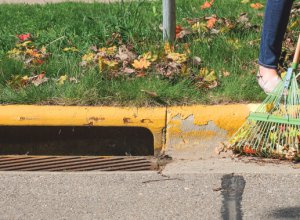
Rake-for-the-Lake Pilots (2015-Present)
Community initiatives to get residents to rake leaves out of the street gutter (Read more)
Implemented behavior-change campaigns to motivate resident participation in keeping streets leaf-free within the Village of DeForest and City of Madison (Read more)
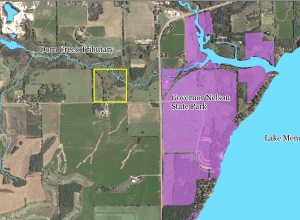
Land acquisition (2013)
Conservation land set aside in the headwaters of the Yahara River Watershed
Aided Dane County in negotiating the purchase of conservation land adjacent to Dorn Creek north of Lake Mendota, which also served as a “Suck the Muck” staging area
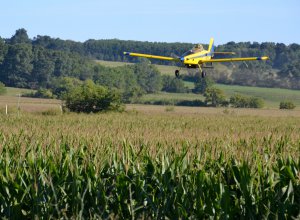
Aerial seeding of cover crops (2013)
Seeding fields from planes after the fall harvest to establish temporary groundcovers that reduce soil erosion
Used innovative aerial seeding techniques to plant cover crops on 2,375 acres of farmland in partnership with Yahara Pride Farms, the first time this had been attempted in the watershed (and since expanded to additional acres)
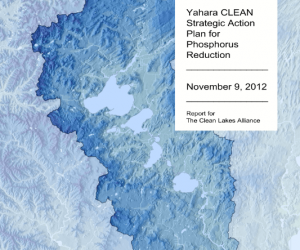
Yahara CLEAN roadmap (2012-Present)
Lake cleanup plan outlining 14 actions to reduce phosphorus loading by 50%, the amount needed to double the number of days our lakes are clear
Assembled a coalition of engineers, scientists, and government partners to develop and coordinate the implementation of the Yahara CLEAN Strategic Action Plan for Phosphorus Reduction
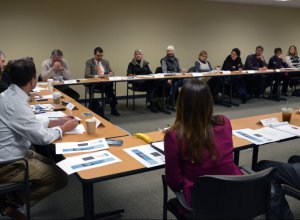
Alum Treatments
Compound added to stormwater ponds to settle out sediment and phosphorus before it reaches the lakes
Convened out-of-state experts to catalyze action for alternative phosphorus-reduction strategies, such as alum, which were later adopted by City of Madison and other communities
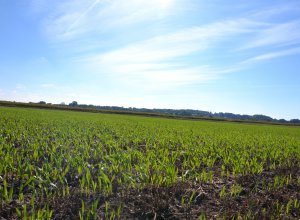
Yahara Pride Farms (2011-Present)
Farmer-led nonprofit working to promote the adoption of conservation practices within the watershed
Founded and incubated this farmer-led organization, investing more than $500,000 to-date to help expand the group’s reach and impact
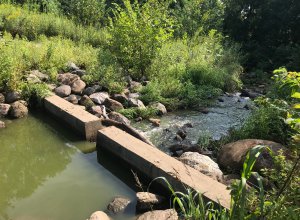
Stormwater ponds (2010, 2013)
Treatment ponds designed to capture sediment and phosphorus in runoff before these pollutants enter the lakes
Funded the design and installation of treatment ponds in Middleton (Lakeview Park on Lake Mendota) and Stoughton (farm property on Lake Kegonsa)
